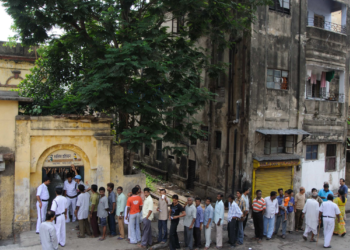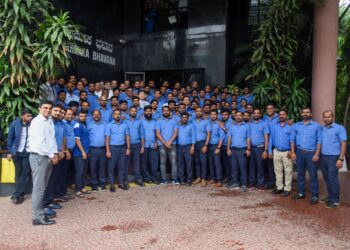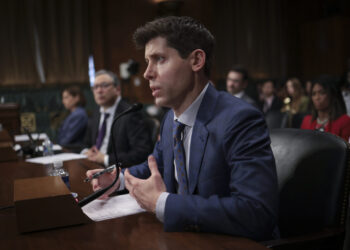Question: Could you explain the Central Vista Project in India, its purpose, and the budget allotted for it?
Answer: The Central Vista Project is a significant redevelopment initiative taking place in India, specifically in the central administrative area of the country located near Raisina Hill, New Delhi. The project’s goal is to completely revamp this important governmental sector, which includes some of the most iconic structures and areas in the country.
Objectives of the Central Vista Project
The main 3 objectives of the Central Vista Project are:
1. Creation of new facilities for India’s Parliament: The intention is to build a new, modernized parliament building that can accommodate the increasing demands of the legislative branch.
2. Establishment of an efficient and sustainable Central Secretariat: This aims to bring together all the ministries of the Government of India in one location to enhance coordination and efficiency. The sustainable design is expected to reduce the carbon footprint and promote a healthier work environment.
3. Development of cultural and heritage facilities: The plan also includes revamping and developing areas that highlight India’s rich cultural heritage.
Ministerial Budget Allocation
The Union Minister of Housing and Urban Affairs announced the project in October 2019. It is estimated to cost around Rs 20,000 crores, making it one of the most expensive urban redevelopment projects in the country.
As of now, the contracts for two projects have been awarded:
The New Parliament Building: The new structure is designed to provide more space for parliamentary affairs and will cost around Rs 862 crores.
Rejuvenation of Central Vista Avenue: This part of the project involves redeveloping Central Vista Avenue, an iconic stretch in the heart of New Delhi, and it is estimated to cost Rs 477 crores.
It’s important to note that while the Central Vista Project is seen as a means to modernize and streamline India’s administrative functions, it has also been the subject of controversy and debate within the country, touching on issues such as prioritization of public spending, heritage conservation, and the decision-making process in large scale public projects.























